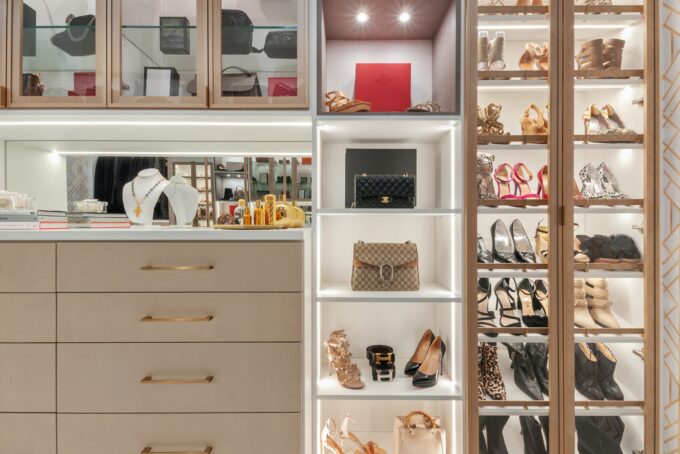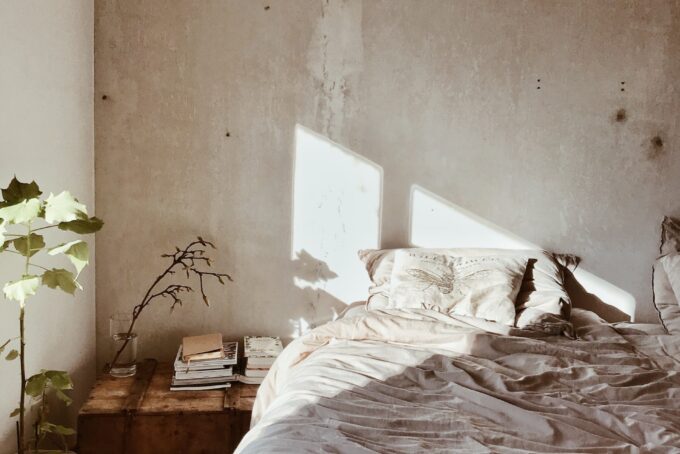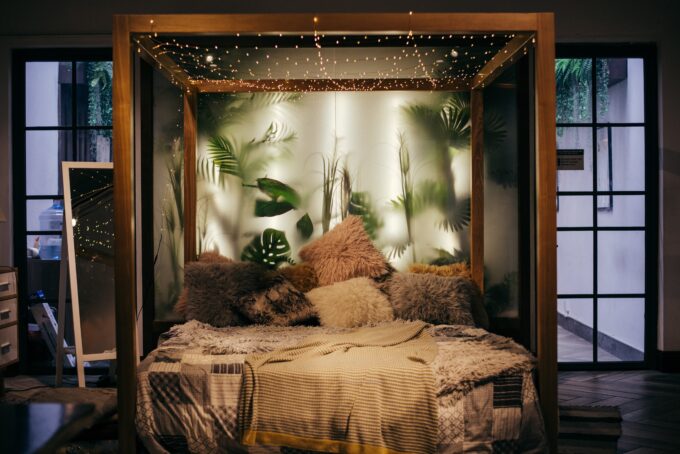Designing your child’s bedroom is an exciting opportunity to create a space that reflects their personality, sparks creativity, and provides a comfortable and functional environment for your little one. Whether you’re starting with a blank canvas or giving an update to an existing room, designing a kid’s bedroom that both children and parents will love can be a fun project for the entire family.
Here are tips to get you started on your kid’s room designing journey:
Involve Your Child
Empower your child and allow them to express themselves creatively by involving them in the decision-making process. Discuss their interests, preferences, and specific ideas they have in mind for their room. This collaborative effort will result in a room that represents their personal design style and gives them a sense of ownership.

Optimize Space
Children’s rooms are usually multi-functional. They’re used for sleeping, playing, studying, and storing their belongings. Maximize the space in your child’s room by incorporating multifunctional furniture like bunk beds with built-in storage or desks with shelves. Make the most of the room’s space by using wall-mounted shelves or hooks for maximum storage.
Curate a Cozy Sleeping Area
Sleep is super important for a growing child, so it’s only right to curate a bedroom that is cozy. Select a high-quality mattress for your child’s room that is suitable for their age. The bedding should be soft, hypoallergenic, and easy to clean. Allow your child to choose their favorite bedding designs to empower their design style.
Add Playful Elements
Your child’s bedroom should have elements that encourage creativity, imagination, and play. Add a designated play area with a rug, cushions, and storage for toys. Encourage learning with a reading nook with a bean bag or comfortable chair as well as a bookshelf filled with age-appropriate books. Wall murals or decals can add a touch of personalization to your child’s bedroom.
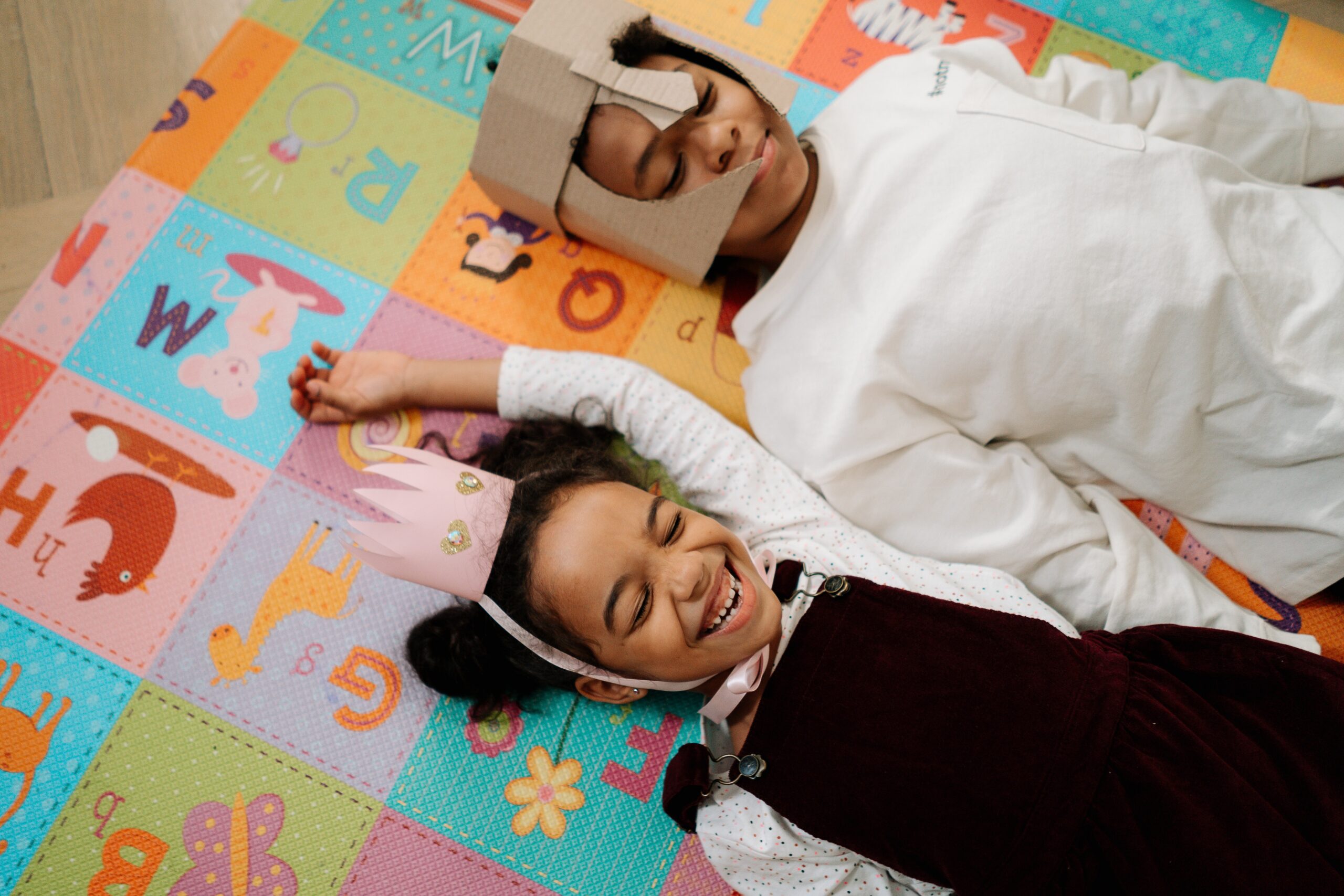
Colorful Environment
Children are usually drawn to vibrant colors. Incorporate a colorful palette into the room with paint, removable wallpaper, or wall decals. Add colorful texture to the room with curtains, cushions, and rugs.
Safety First
Ensure that your child’s room is safe by securing heavy furniture to the wall to prevent any accidents. Opt for non-toxic materials for paint, furniture, and accessories, and use childproof locks on drawers and cabinets. Depending on your child’s age, make sure the electrical outlets are covered and that cords and neatly tucked away.

Design With Growth in Mind
Your child isn’t going to be a child forever, so design their bedroom with growth in mind. Choose furniture and decor that can adjust and adapt as your child grows older and their tastes and interests evolve. Avoid themes that can be outdated quickly. Choose timeless pieces that can be easily updated with a fresh coat of paint or new accessories.
popular posts
Kid’s Room

Organize Your Kid's Space With These 9 Essentials
by Stephanie Taylor | January 20, 2023
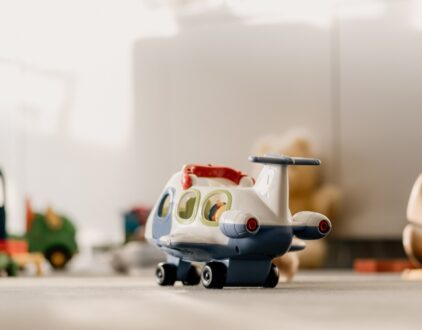
Fill Your Child's Playroom With These Black-Owned Toys
by Kelsey Marie | February 21, 2023
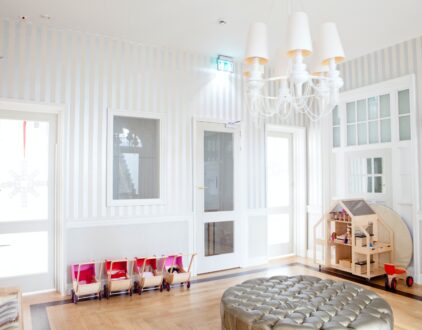
This Luxe Kid's Decor Will Fit Effortlessly Into Your Home
by Kelsey Marie | February 24, 2023
Spaces
Whether it’s luxury or ease, every area of your home should be as fabulous and unique as you.
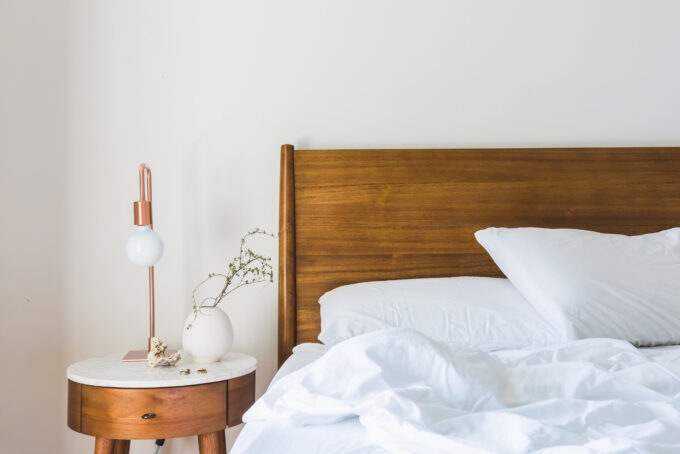
The 5 Best Nightstands for Every Kind of Organizer
by Melody Beuzelin | May 4, 2023
FOLLOW ALONG ON INSTAGRAM
#homeandtexture
Find us on social for more home inspiration where culture, personal style, and sophisticated shopping intersect to help you create a home where you love to live.

